Journal of Power Sources ( IF 8.1 ) Pub Date : 2017-12-13 , DOI: 10.1016/j.jpowsour.2017.12.009 Ahmad Heydarian , Seyyed Mohammad Mousavi , Farzane Vakilchap , Mahsa Baniasadi
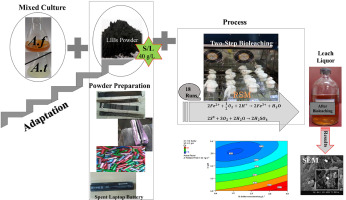
|
The rapid increase in the production of electrical and electronic equipment, along with higher consumption of these products, has caused defective and obsolete equipment to accumulate in the environment. In this research, bioleaching of spent lithium-ion batteries (LIBs) used in laptops is carried out under two-step condition based on the bacterial activities of a mixture of Acidithiobacillus ferrooxidans and Acidithiobacillus thiooxidans. First, the best inoculum ratio of two acidophilic bacteria for the mixed culture is obtained. Next, adaptation is carried out successfully and the solid-to-liquid ratio reaches 40 g L−1. Response surface methodology is utilized to optimize the effective variables of initial pH, iron sulfate and sulfur concentrations. The maximum recovery of metal is about 99.2% for Li, 50.4% for Co and 89.4% for Ni under optimum conditions of 36.7 g L−1 iron sulfate concentration, 5.0 g L−1 sulfur concentration and initial pH of 1.5 for the best inoculum ratio of 3/2. Results of FE-SEM, XRD and FTIR analysis before and after bioleaching confirm that bacterial activity is a promising and effective route for metal recovery from spent LIBs. Toxicity assessment tests demonstrate the suitability of the bioleached residual as a nonhazardous material that meets environmental limitations for safe disposal.
中文翻译:

适应性嗜酸菌的混合培养在废旧锂离子笔记本电池两步生物浸出中的应用
电气和电子设备产量的快速增长,以及这些产品的更高消耗,已导致有缺陷和陈旧的设备在环境中积累。在这项研究中,笔记本电脑中使用的废锂离子电池(LIB)的生物浸出是基于酸性氧化铁硫杆菌和氧化硫代硫杆菌的混合物的细菌活性在两步条件下进行的。首先,获得用于混合培养的两种嗜酸菌的最佳接种比例。接下来,成功进行适应,固液比达到40 g L -1。响应面方法用于优化初始pH,硫酸铁和硫浓度的有效变量。在最佳浓度的36.7 g L -1硫酸铁,5.0 g L -1硫浓度和1.5的初始pH的最佳条件下,Li的金属最大回收率约为99.2%,Co的50.4%,Ni的89.4%。比为3/2。生物浸出前后的FE-SEM,XRD和FTIR分析结果证实,细菌活性是从用过的LIB中回收金属的有前途和有效途径。毒性评估测试表明,生物浸出残留物适合作为无害材料,符合安全处置的环境限制。

















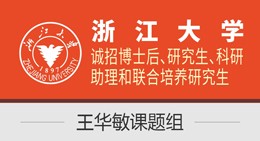
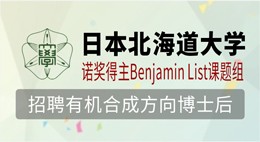
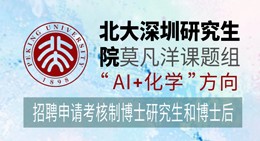
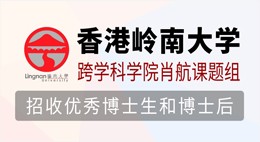
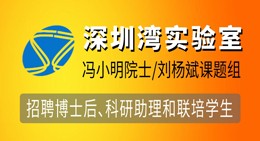

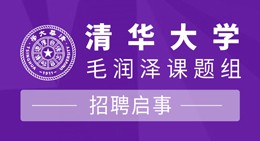
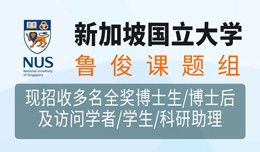
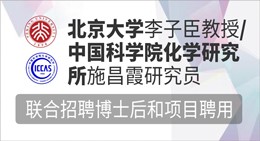
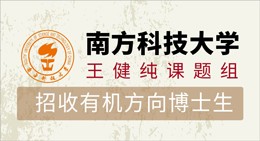



 京公网安备 11010802027423号
京公网安备 11010802027423号